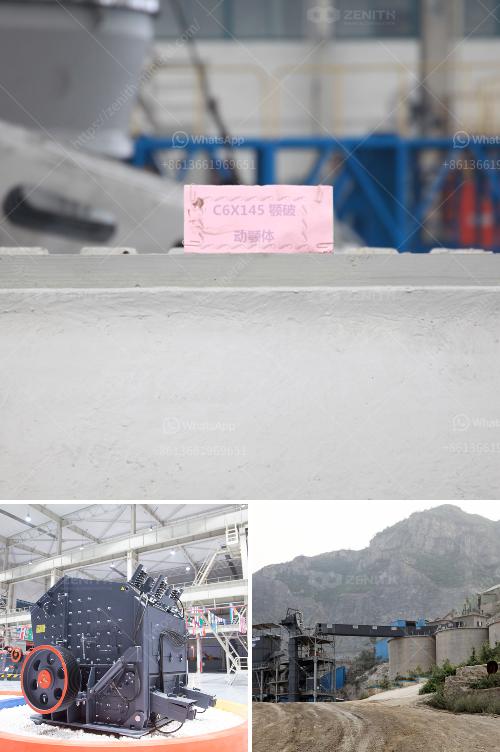Designing an iron ore conveyor involves several critical steps and considerations to ensure efficient, safe, and reliable transport of the material. Here are the key steps to guide you through the process:
1. Determine Conveyor Requirements
- Capacity: Calculate the required capacity, typically in tons per hour (TPH).
- Material Properties: Understand the characteristics of the iron ore, such as bulk density, moisture content, particle size, and abrasiveness.
- Operating Conditions: Consider environmental factors such as temperature, humidity, and potential for corrosion.
2. Choose the Conveyor Type
- Belt Conveyor: Most common for iron ore due to its ability to handle large quantities over long distances.
- Other Types: Screw conveyors, drag chain conveyors, and bucket elevators may be considered for shorter distances or specific applications.
3. Conveyor Components and Design Specifications
- Belt Width: Based on the material volume and conveyor speed.
- Belt Type: Choose a belt with appropriate material, strength, and abrasion resistance.
- Idlers and Pulleys: Select based on load requirements and belt width.
- Drive System: Specify motor size, power requirements, and location.
- Support Structure: Design the frame to support the belt and resist environmental conditions.
4. System Layout
- Distance and Elevation Changes: Map out the conveyor route, considering horizontal and vertical distance.
- Inclination Angle: Ensure it is within the operable limits to prevent backsliding of the material.
- Transfer Points and Discharge Chutes: Design for smooth material flow to minimize spillage and wear.
5. Safety and Maintenance
- Guarding: Install necessary guards around moving parts to ensure worker safety.
- Emergency Stops: Provide readily accessible emergency stop mechanisms along the conveyor.
- Maintenance Access: Design walkways, platforms, and safe access points for maintenance.
6. Material Handling and Control
- Feed Rate Control: Use feeders to regulate the amount of iron ore fed onto the conveyor.
- Dust Control: Implement dust suppression measures, such as water sprays or dust extraction systems.
- Spillage Management: Design skirts and sealing systems to control material spillage.
7. Automation and Monitoring
- Sensors and Controls: Integrate sensors for speed, load, and position to automate and monitor operations.
- Programmable Logic Controllers (PLCs): Use PLCs for automated control and integration with other plant systems.
8. Regulatory Compliance
- Standards and Codes: Adhere to relevant industry standards, such as ISO, CEMA (Conveyor Equipment Manufacturers Association), and local safety regulations.
9. Simulation and Testing
- Modeling: Use software to simulate the conveyor operation and identify potential issues.
- Prototype Testing: If feasible, construct and test a physical prototype to validate the design.
Conclusion
Designing an iron ore conveyor is a multifaceted engineering challenge that requires careful consideration of capacity, material properties, operating conditions, and safety requirements. Collaboration with experienced engineers and adherence to industry standards will ensure the design is robust and efficient.
Should you need detailed calculations or specific component recommendations, consulting with specialist firms or using dedicated design software can provide considerable support.

